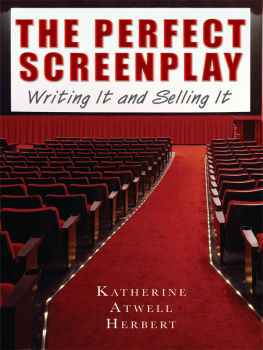Shaping True Story into Screenplay is a clear and accessible guide that turns the basics of screenwriting toward the task of telling ones true story. - Mitchell Levin, Senior Story Analyst, DreamWorks
Having relied on Candaces instincts, judgment, and clarity, I can testify that she is the absolute best, and consider Shaping True Story into Screenplay a great gift. So will anyone who reads it. - Robert Palmer (Manager of Anthony Hopkins, Faye Dunaway, and Dick Van Dyke)
Candace Kearns Read is an extremely talented screenwriter and story analyst. Anyone intending to develop material based on real life will benefit from the wisdom and experience found within these pages. - Ben Press (Founding Partner, Fortitude Talent Agency)
Candace Kearns Read has a knack for whipping a weak script into shape. She is tough, but in the kindest way. This book will be an invaluable resource to all writers and directors. - Jeff Woolnough (Director, OUTER LIMITS, THE DON CHERRY STORY and CELINE)
Candace is a highly regarded script analyst and writer. In this book, Candace impeccably shares her great skill and creativity to help screenwriters, and expertly enables you to develop your greatest possession into a compelling screenplay, by guiding you to write what you know best: Yourself. - Tony Greco, Screenwriters Online
2011 Candace Kearns Read
eBook ISBN: 978-1-62112-314-9
Cover Design: Keith DuBart
All rights reserved. No part of this book may be reproduced in any form or by any means without permission in writing from the publisher, except for the inclusion of brief quotations in a review.
Acknowledgements
This book would not have been written without the persistence and encouragement of Paula Press, who has championed true story screenwriting like nobodys business. I would also like to thank my agent, Sandra Bond, and my manager, Daniel Corrieri. Many thanks to Cara Lopez Lee for all of her help during the proposal phase. I am grateful to Amy Johnson and Lesley Kenney for all of their efforts to get the word out, and also wish to thank Bob Palmer, Ben Press, Jeff Woolnough, Bret Carr, and Donzaleigh Abernathy for their encouragement and support of this book.
I have had many generous mentors along the way, and they include New York Universitys Mark Dickerman, Karen Malpede and D.B. Gilles, Antioch Universitys Hope Edelman, David Ulin, Paul Lisicky, Tara Ison and Eloise Klein Healy. I find ongoing support from The Girdles: Rebecca Kuder, Elaine Gale, Julia Kress Herrington, Chris Benda, Kerri Valentino, Saroya Habeych, Lisa Brooks and Vanja Thompson. My deep appreciation goes out to NYUs Dramatic Writing Program and Antioch Los Angeles Master of Fine Arts in Creative Writing, as well as Denvers Lighthouse Writers Workshop, with special thanks to Shari Caudron. Gratitude beyond words goes out to my husband, Mike Read, for his enduring support.
TABLE OF CONTENTS

When I tell people Im a story analyst in the film industry, they almost always say something like, I have a story that would make a great movie. And the funny thing is, they usually do have a great story. It seems that almost everyone has lived through or experienced something dramatic, interesting, and memorable. It also seems that quite a few people would like to share their story with others through the medium of film.
Why do we seek to immortalize ourselves in stories, and envision our lives on the big screen? Is it pure narcissism, nothing more than self-indulgent navel gazing? Or is it because we have something to say, something to share with others, and a desire to teach and help people by allowing them to learn from our experience? In the best of all scenarios, it is out of a sense of purpose, to heal ourselves and others, but also to share and connect with others. We seek meaning from our experiences, and we try to make sense of who we are and the cards weve been dealt in life.
As humans, we instinctually and intuitively need to make sense of things. By taking the painful, shocking and disturbing, the miraculous, beautiful and touching, and telling our stories, we re-see them, put things in perspective and tame the wild beast that is unpredictable, mysterious life. When we transform our experiences into a story with a beginning, middle and end, protagonist and antagonist, rising arc, plot turns and a resolution, then suddenly we can see what it is we needed to learn. So, yes, it is cathartic to write a screenplay based on our own experience, and yes, it does require that we take some time to think about ourselves. We reminisce, remember and re-frame. We infuse our memories with imaginative touches. And sometimes we even fill in the blanks with fictionalized material, because who can remember it all exactly the way it happened?
We may be dwelling on ourselves, wallowing even, for a while, but this is not a selfish act. It is a generous one, designed to lift others consciousness, even as we rise above our own pain and resentments to find the philosophical truths, the core, and the message. The process of autobiographical and biographical screenwriting demands that we break it down, take things weve done and things that have happened to us (or people we know) and create an adventure out of them. We turn our memories into journeys, and even though ours is just one out of millions of journeys taken in this world by millions of people, it is one of value. It is one whose truths about the human condition can be captured in the visual medium, made poetic with imagery that transports, and spoken out through dialogue that evokes the essence of who we are: unique and individual, yet still universal and transcendent.
Screenwriting guru Robert McKee tells us in his weighty and profound book Story: Substance, Structure, Style and the Principles of Screenwriting that Fact, no matter how minutely observed, is truth with a small t. Big T truth is located behind, beyond, inside, below the surface of thingsand cannot be directly observed. The impulse to write from our lives comes easily, but the completion of a marketable screenplay is another thing altogether. The leap to big T truth requires artful, imaginative reshaping.
Many of the worlds greatest dramas have been based on true stories, whether biographies or autobiographiesfrom the early days of CITIZEN KANE, BATTLESHIP POTEMKIN and PATTON to the later part of the 20th Century with MISSISSIPPI BURNING, GOODFELLAS, GLORY, MY LEFT FOOT, DINER, and OUT OF AFRICA, and more recently, 21, THE BLIND SIDE, INVICTUS, SEABISCUIT, 127 HOURS and THE SOCIAL NETWORK, to name just a few.
How do you take the raw material of a life, be it your own or someone elses, and shape it into an engaging, cinematic screen story? The answer is not simple or straightforward. Huge leaps of imagination must be taken. New perspectives must be found. Events and characters must be truncated and condensed, combined and enhanced for dramatic effect.
In some sense, all stories are autobiographical. Every writer, no matter how much they think theyre telling a wildly imaginative, completely invented story, is actually writing about themselves, exploring issues from their psyche, and drawing upon memories of their lives.
But this book is designed for those of you who want to tell your own true story, or that of someone else. Rather than thinking youre making up a story but are actually telling a true one, you will be thinking youre telling a true story when actually, youre making it up. This is because all experience, in order to be retold, must be re-framed, reinvented, re-seen and revised through the lens of your unique perspective.
Next page
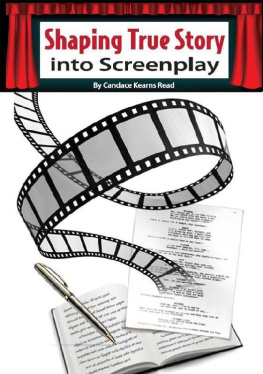


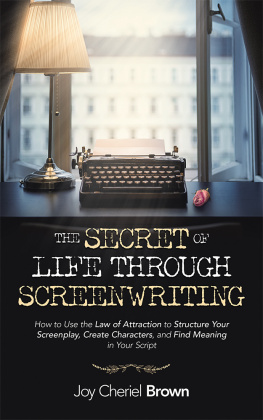
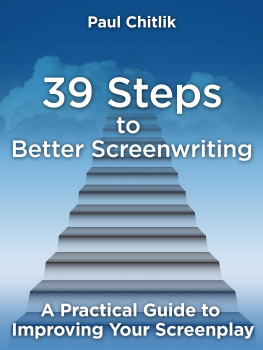
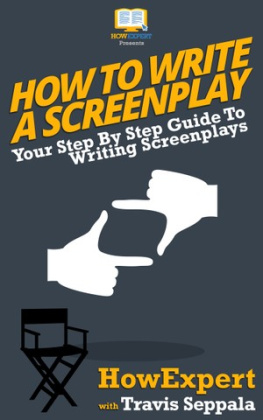
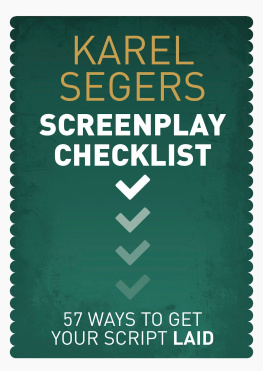
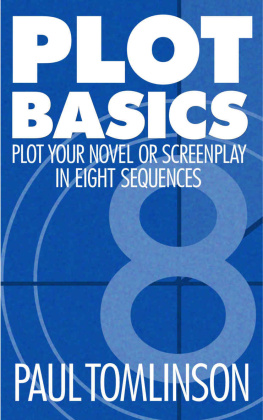
![Watt - The 90-day screenplay : [from concept to polish]](/uploads/posts/book/103527/thumbs/watt-the-90-day-screenplay-from-concept-to.jpg)
